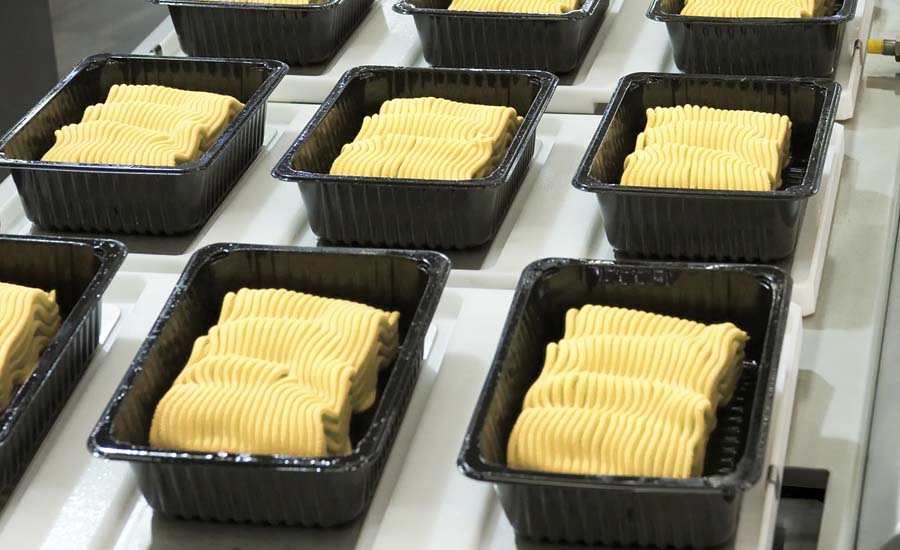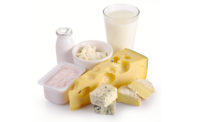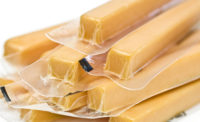Dramatic changes in demographics, lifestyles and eating patterns are creating new opportunities for food and beverage packaging. Among the demographic mega-trends feeding into package development are changing population distribution, fewer married couples, more people living alone, smaller household size and multi-generational households, according to “Food and Beverage Packaging Innovation in the U.S.: Consumer Perspectives.” This report, published by market research firm Packaged Facts, New York, notes that demographic changes are leading to changes in household dynamics and eating behaviors, such as multi-shopper households, more meals being eaten alone and frequent snacking on more occasions.
This study analyzes shifting and emerging trends in food and beverage packaging, focusing especially on new forms of packaging food and beverage marketers are using, and consumer attitudes and behaviors regarding food and beverage packaging. Here are five key trends shaping food and beverage packaging:
1. Targeting Millennials. While Millennials may seem like a broad and amorphous target, numerous studies show there are some commonalities. For instance, Millennials like fresh, less processed foods, as demonstrated by their preference for "fast casual restaurants that offer freshly prepared foods, and shopping the perimeter of grocery stores where fresh and non-packaged foods can be found."
2. Smaller packages are a big trend. With 1- or 2-person households representing 61% of all U.S. households, packages sized to serve one or two people have become a big trend in packaging. Such formats include single-serve packaging, meals for two, multi-packs of individual portions and resealable packaging. The rise in smaller-footprint stores is also influencing this trend.
3. Packaging for convenience. Convenience is a major selling point for food and beverage packaging. Features such as ease of opening, resealability, portability, lighter weight and no-mess dispensing are benefits that influence consumers' purchasing decisions.
4. See-through packaging boosts sales. More and more marketers are putting their products in packages that are see-thru or have see-thru windows. Transparency in packaging taps into consumer desire for transparency about how food and beverages are produced, both figuratively and literally. Companies that are transparent about their ingredients, sourcing and business practices are reaping the benefits in consumer goodwill and trust.
5. Growth in eco-friendly packaging. In the past few years, single-serve bottled water has come under attack by environmentalists as epitomizing the wasteful nature of modern society. As a result, some marketers of bottled water have stepped up their introductions of more sustainable packaging. Likewise, Packaged Facts says that improved recyclability and sustainability will become ever more important to the success of the single-cup brew market as this business matures. In the past two years, several American and Canadian marketers have introduced more environmentally friendly designs for use in K-cup brewers.



